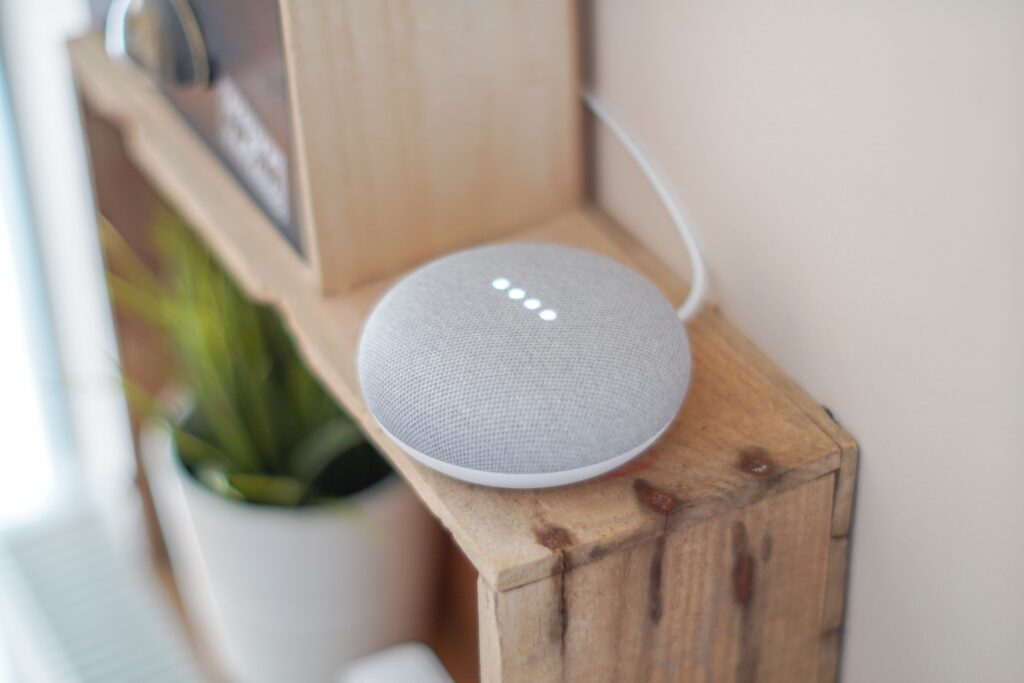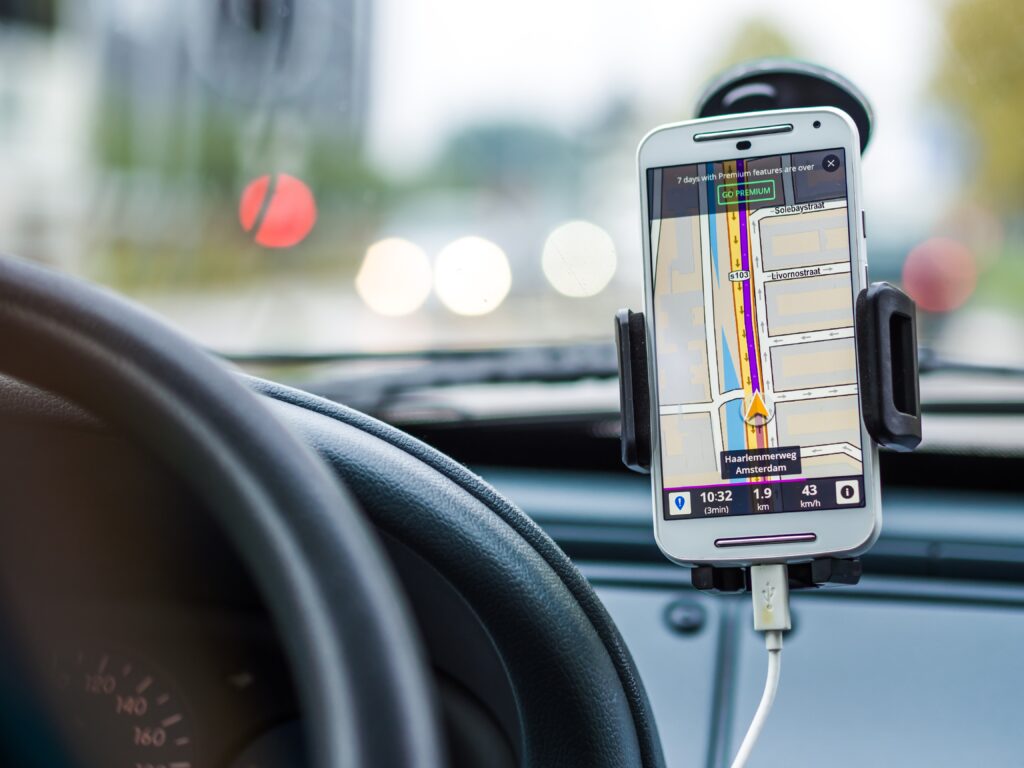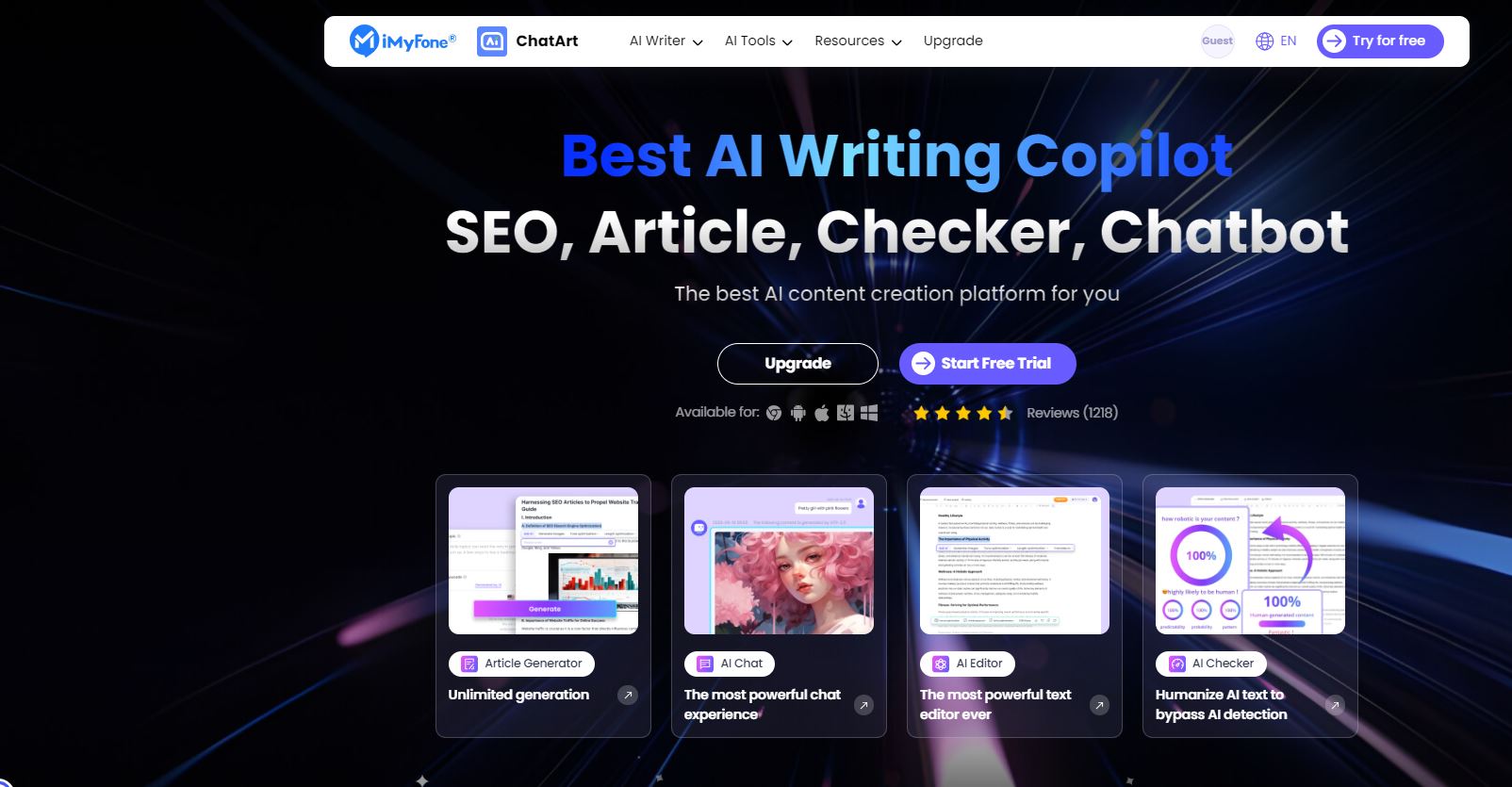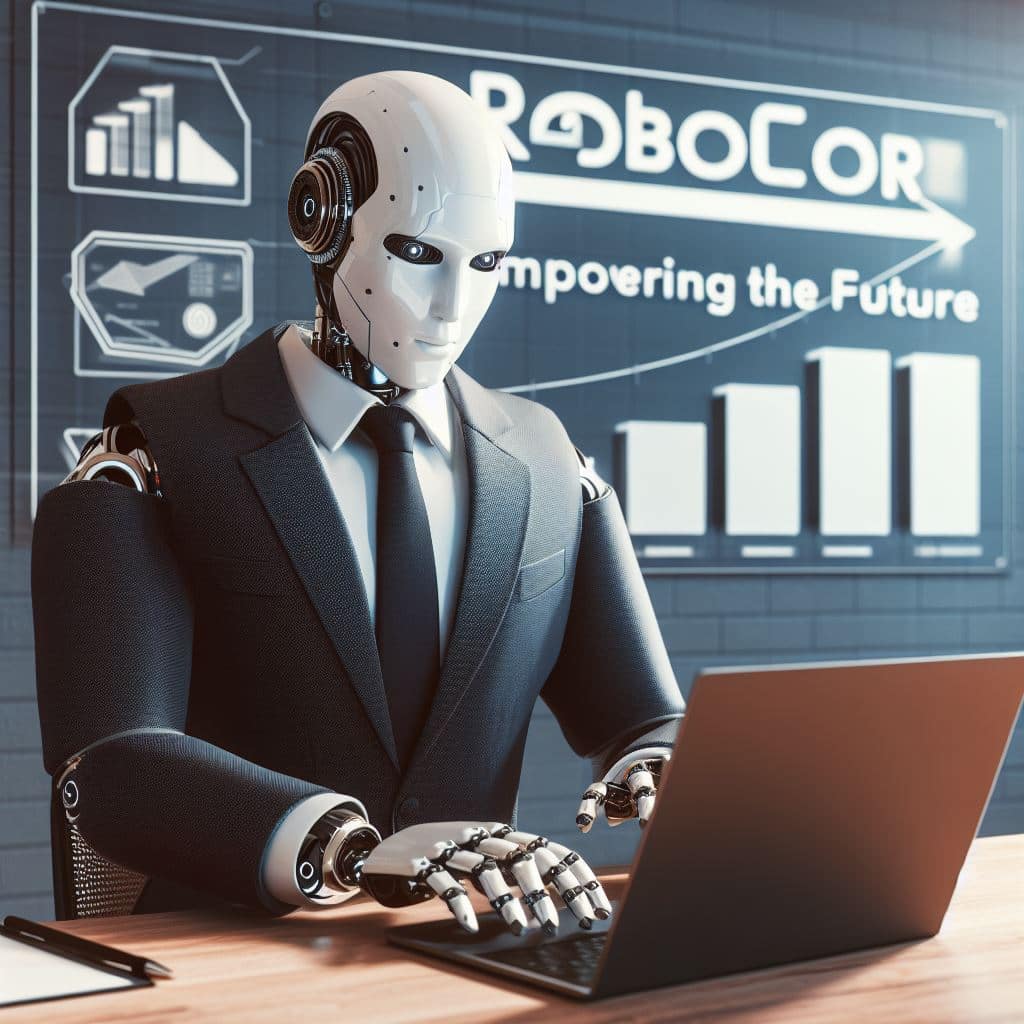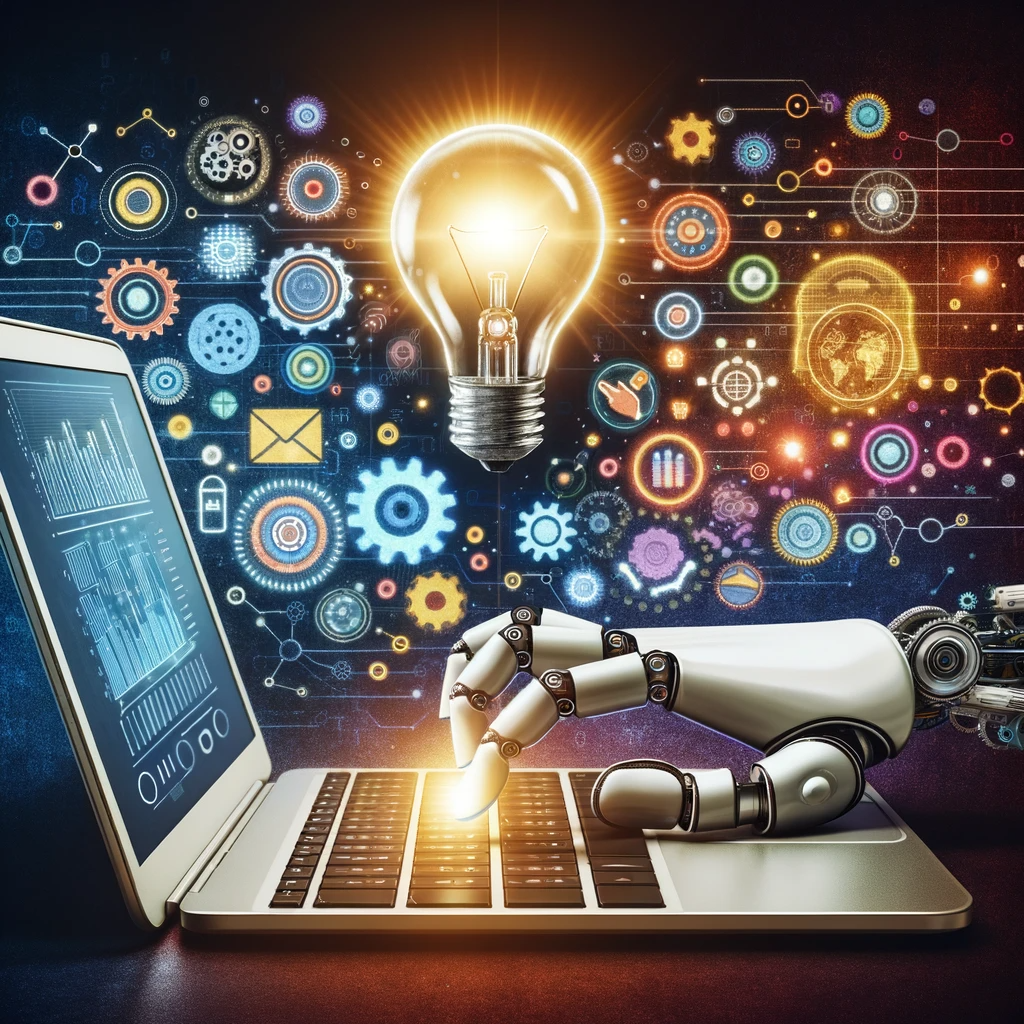Artificial Intelligence (AI) is transforming the world around us in both big and small ways. Although AI innovations like self-driving cars and intelligent robots get a lot of attention, It has quietly become integral to many everyday household items and services. So, Here are 9 Everyday Examples of AI that you probably encounter on a daily basis
Smartphone apps
Your smartphone is home to many apps powered by AI. Siri and Google Assistant, for example, understand your voice commands through natural language processing. Facebook uses AI to recognize faces and objects in the photos you upload. Rideshare apps like Uber and Lyft use machine learning algorithms to predict arrival times and set surge pricing. Try and Consider how an AI works behind the scenes next time you use an app. Nowadays, AI can on itself create apps in just a few seconds. Look at our 10 No-Code AI Tools to know more.
Smart devices
More and more of the devices in our homes are getting smart capabilities powered by AI. Smart speakers like Amazon Echo and Google Home are another everyday example of AI assistants that can answer queries, set alarms and control smart home devices. Smart thermostats like Nest learn from your temperature adjustments and create a schedule to automatically regulate the temperature in your home. Smart security systems can use computer vision to recognize faces and objects. All of these devices utilize AI to make decisions and interact with humans in useful ways.
Digital assistants
AI is behind a lot of the digital assistants we use all the time. Alexa can understand what you’re saying with natural language processing, and it can also search the internet or access other data sources to answer questions. Google Duplex and other AI-powered assistants can even make phone calls for you, that sound just like you would. Basically, these AI systems are like personal secretaries who take care of all your admin stuff for you.
Spam filters
Spam filters are a great way to keep your inbox clutter-free. They use AI to detect and block spam, and they do this by analyzing the content and headers of your emails. Machine learning algorithms get smarter as more spam is sent out, so they can recognize patterns that are common to spam and block them. AI is great for this because it can recognize patterns, meaning your inbox will stay clean and free of spam.
Navigation apps
Smartphone apps like Google Maps and Waze use AI in multiple ways to recommend routes and provide turn-by-turn directions. The apps apply machine learning to traffic data to predict delays and suggest alternative paths depending on road conditions. Some even use computer vision with dashcam footage to identify objects like accidents that could cause traffic. Voice assistants built into navigation apps can understand natural language commands.This is another Everyday Examples of AI which powers much of the convenience these apps provide to get you to your destination efficiently.
Product recommendations
When you shop online, you’ve probably noticed product recommendations specific to you. Retail sites like Amazon use AI algorithms that consider your past purchases and browse history as well to provide customized recommendations. The AI analyzes patterns in purchase data to suggest products it thinks you will like and buy. Video and music streaming services also use AI to study your viewing and listening history and recommend other titles you may enjoy based on your preferences. The goal of the AI in each case is to increase sales and engagement by showing you relevant items.
Social media feeds
AI algorithms curate content for you on social media platforms like Facebook, Instagram, TikTok, and Twitter. They do this by studying what kind of posts you like and engage with in order to figure out what interests and preferences you have. Then, they use that information to fill your feeds with more content that you’re likely to like and engage with, based on the AI’s predictions. This keeps you on the platform longer because you don’t see as many irrelevant posts. Plus, it helps advertisers target content more effectively. But for average users, it means that their feeds reflect their own personal taste thanks to AI.
Search engines
Search engine technology is one of the most popular forms of AI. Google and other search engines use a bunch of different AI techniques to get you the best results. They use natural language processing to understand what people are searching for, machine learning algorithms to look through their huge database of web pages and find the best matches for what people are looking for, AI to analyze knowledge panels and featured snippets and other formatted results. Image recognition AI even enables reverse image search. AI is always changing to make search results more relevant and user-friendly.
Smartphone cameras
AI helps your smartphone camera take better pictures. It uses machine learning algorithms to process images and make adjustments to improve quality. For example, AI can optimize photos for brightness, color balance, sharpness, and noise reduction. It can also apply filters and effects to make your photos look more creative. AI also helps your camera detect faces, objects, and scenes, and make intelligent decisions to enhance your photos.
The Potential of AI in our Future
AI may operate silently, but it shapes and enhances many of the products and services we rely on every day. Knowing how AI works across a lot of the tech we use all the time can help us get a better idea of what it can do. But at the same time, it’s important to think about how narrow AI can be used for specific tasks, as well as the potential of general AI that’s still pretty far-fetched. So the next time you’re using one of the stuff we’ve listed i.e, Everyday Examples of AI, take a second to appreciate the Intelligence behind it!


